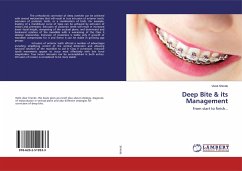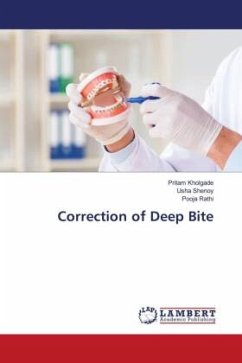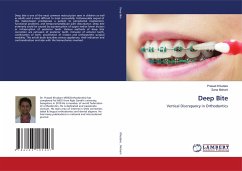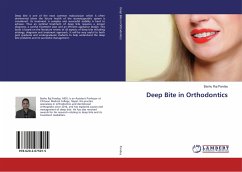Deep bite has been considered as one of the most common malocclusions and the most difficult to treat successfully. Optimal correction of deep bite requires proper diagnosis, individualized treatment planning and efficient execution of treatment mechanics. The correction of deep bite is one of the primary objectives of orthodontic treatment. The amount of vertical overlap varies excessively and is one of the most common and early manifestations of a malocclusion. The common definition of overbite was developed by Strang1 who defined it as "the overlapping of the upper anterior teeth over the lowers in the vertical plane."Proffit have defined overbite as the vertical overlap of the incisors, often expressed as percentage of the lower incisor crown length covered by the upper incisors. The Normal value is in the range of 1-2mm. Excessive vertical overlap is defined as deep overbite.The prevalence of severe deep bite is about 8% in United States with average overbite ranging from 36.5% to 39.5% children of ages 5 and 6 years and 37.9% to 40.7% in adults.2 While Deep overbite is associated with all malocclusions, it is most frequently associated with class II malocclusions.
Hinweis: Dieser Artikel kann nur an eine deutsche Lieferadresse ausgeliefert werden.
Hinweis: Dieser Artikel kann nur an eine deutsche Lieferadresse ausgeliefert werden.








